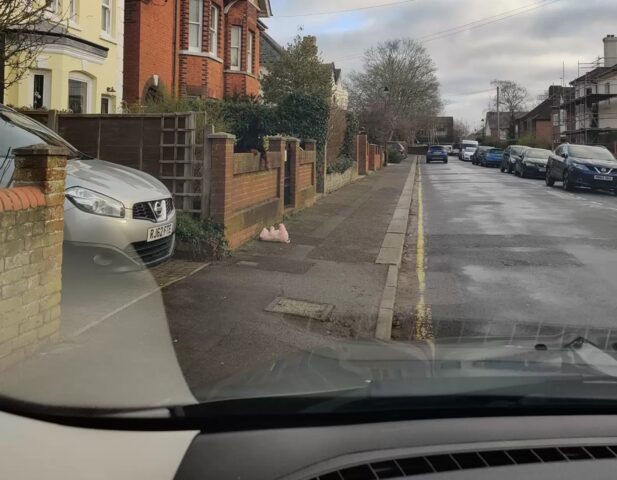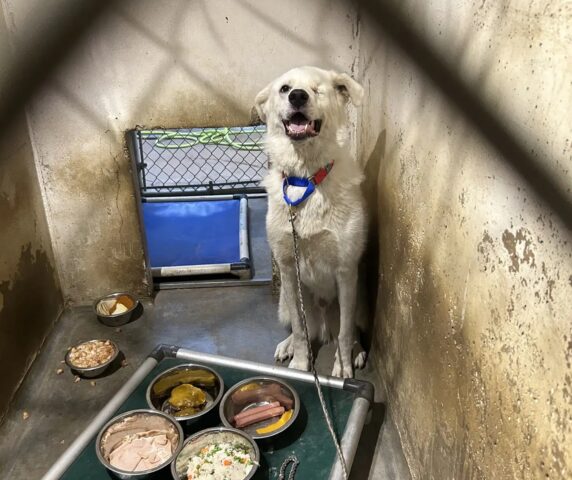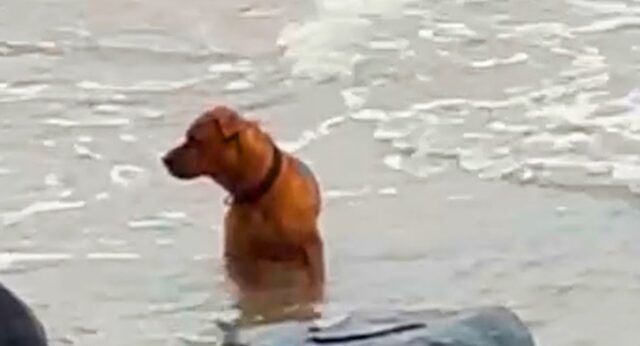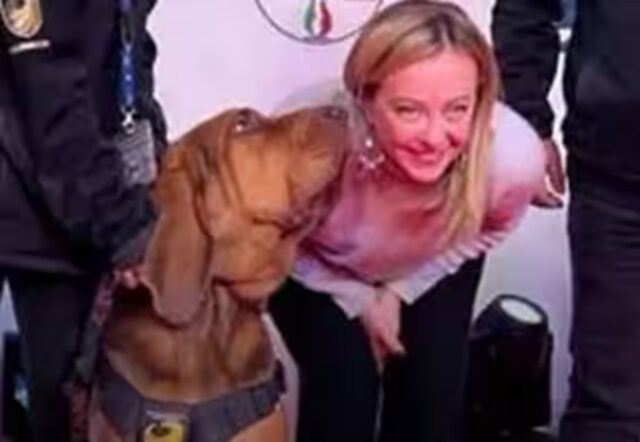Questo addestratore mostra come i padroni possono confondere i cani quando insegnano loro alcuni comandi
L'addestratore parla di errori che almeno una volta abbiamo commesso tutti nell'insegnare qualcosa al nostro cane
Nel rapporto con il nostro quattrozampe, parte fondamentale è di certo la comunicazione. Non è solo la parte fondamentale del nostro rapporto, però: è anche la più difficile. Infatti, ci sono moltissime piccolezze a cui non facciamo nemmeno caso ma che per il nostro cane potrebbero significare una cosa oppure indurlo a dare un’interpretazione completamente diversa a quel che vogliamo dire. Per fortuna, ci sono moltissimi professionisti che possono aiutarci a rendere la comunicazione tra noi e il nostro cucciolo più agevole. Proprio a tale proposito, oggi vogliamo parlarvi dei consigli di un’addestratore riguardo alcuni errori comunissimi che commettiamo nell’insegnare ai nostri cani alcuni comandi.
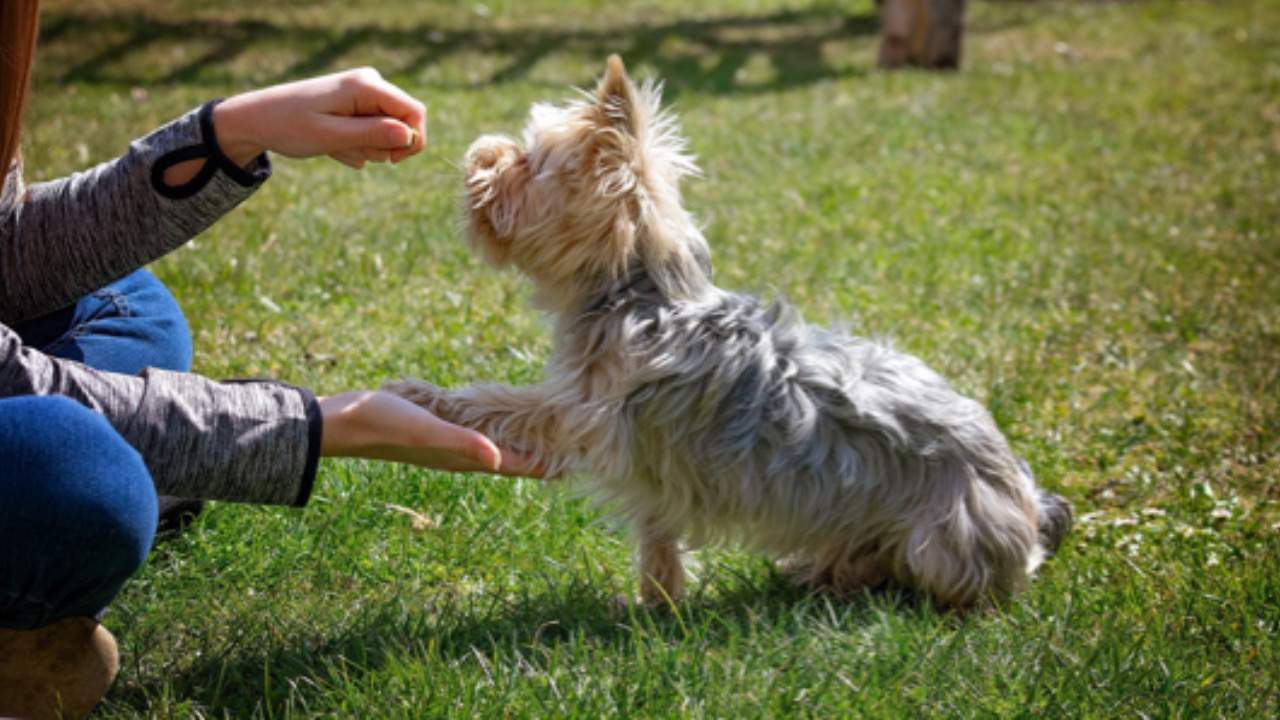
Conosciamo questi consigli grazie ad un video che, l’addestratore di cui stiamo parlando, ha postato sul suo profilo TikTok, che sul famoso social è noto come @packleaderdogs. Emblematico è che è possibile notare che questo video è stato salvato dagli utenti ben 106 volte: almeno 106 persone hanno ritenuto più che utile salvare il video per poterlo rivedere al momento del bisogno.
L’addestratore, comincia con il dire che spesso vede le persone ripetere i comandi al proprio cane più di una volta. Si tratta di un comportamento sbagliato, specie se il cane ha effettivamente eseguito il comando. Una volta eseguito quanto richiesto, sarebbe il caso di dire “Bravo!”.
Inoltre, secondo quest’addestratore, dopo che il nostro cane ha eseguito il comando, sarebbe il caso di premiarlo con un biscotto o con qualsiasi cosa gradisca e possa fargli capire che ha fatto un buon lavoro.
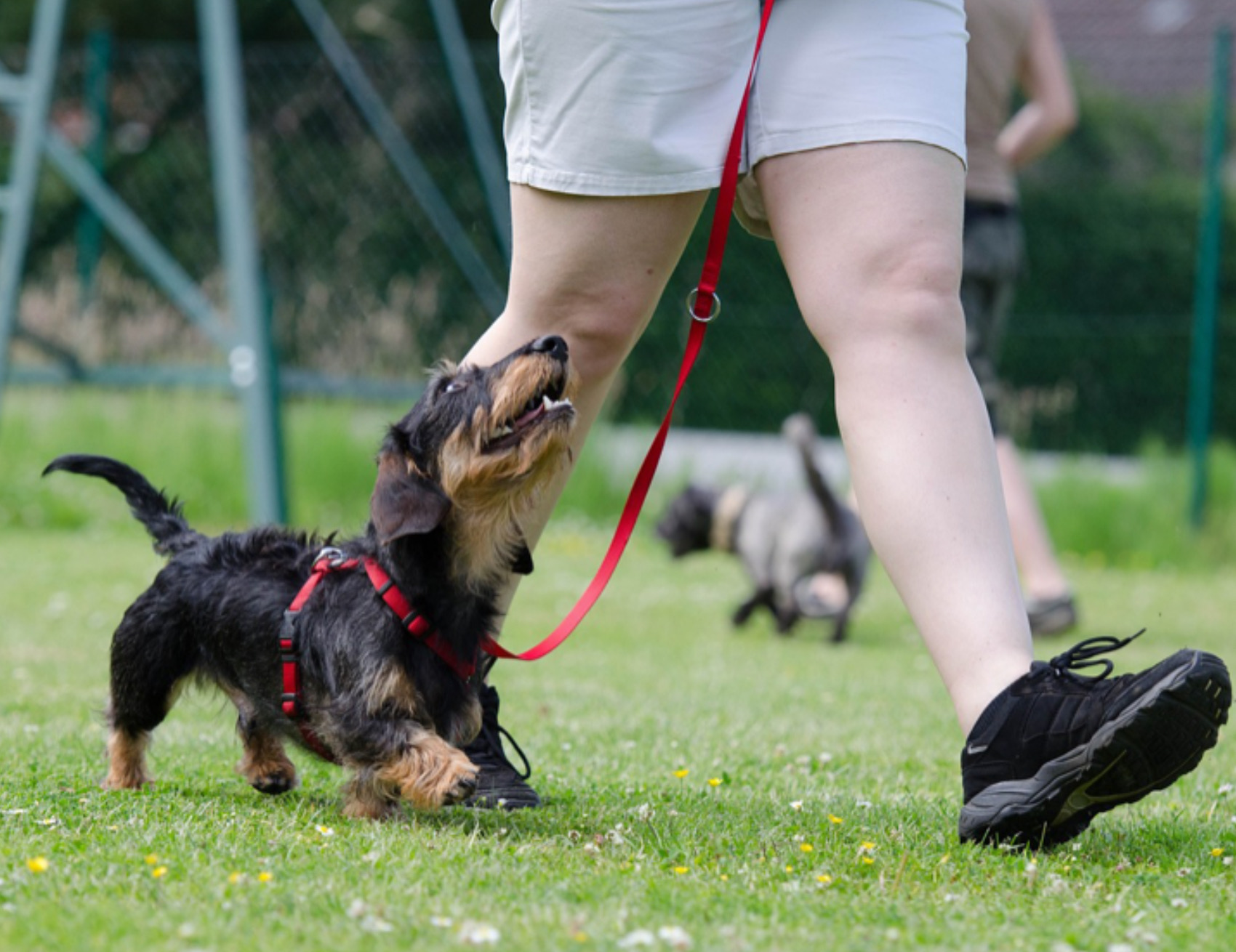
Anche il tempo di addestramento dei nostri cuccioli è cruciale. Alcuni ottengono risultati migliori con tempi di addestramento più brevi, ma più frequenti. Altri, invece, con tempi di addestramento più lunghi ma meno frequenti. Dobbiamo capire cos’è che fa al caso del nostro cucciolo e fare esattamente quello.
Cosa ne pensate? Fatecelo sapere nei commenti!

